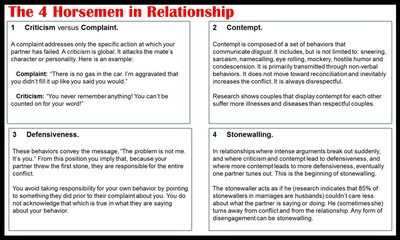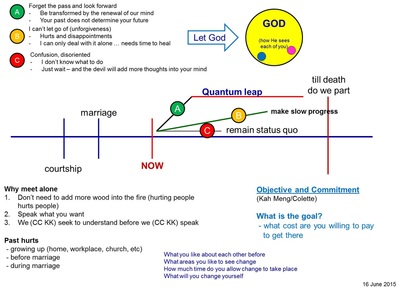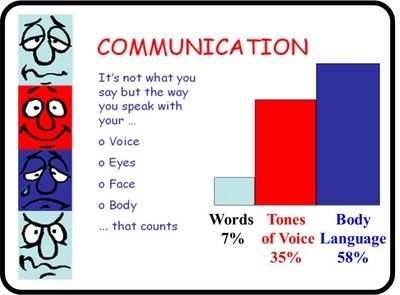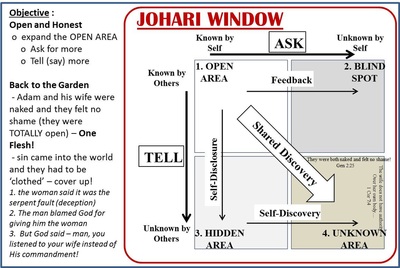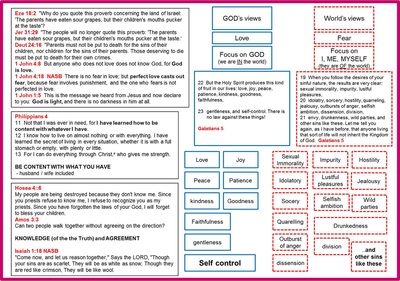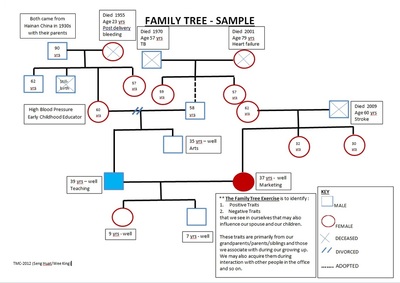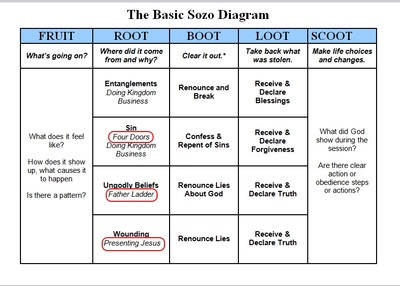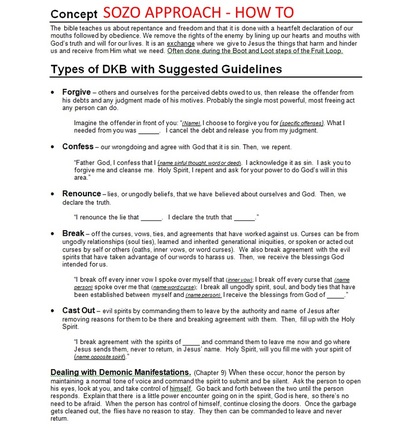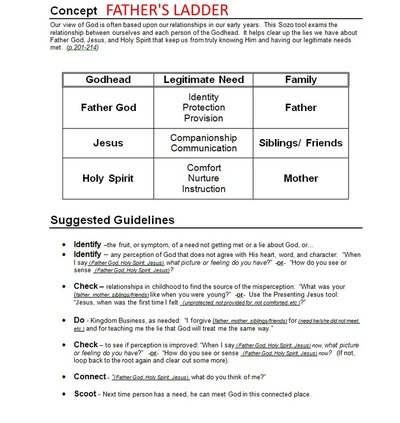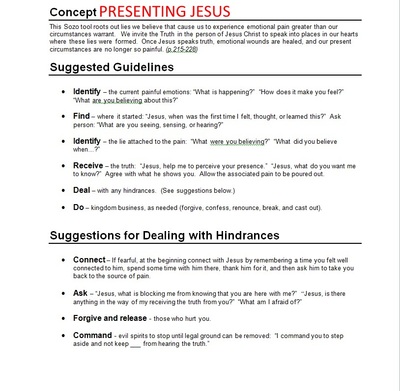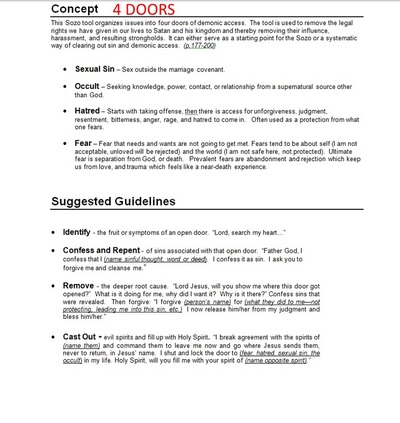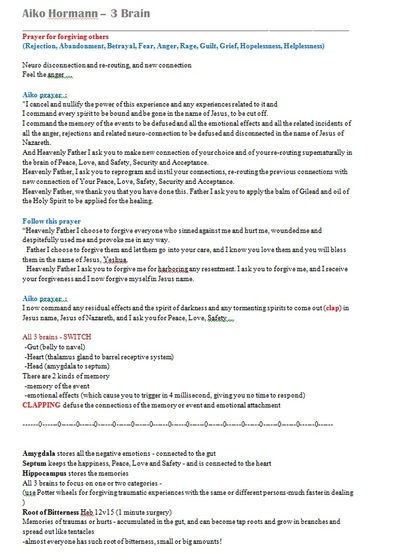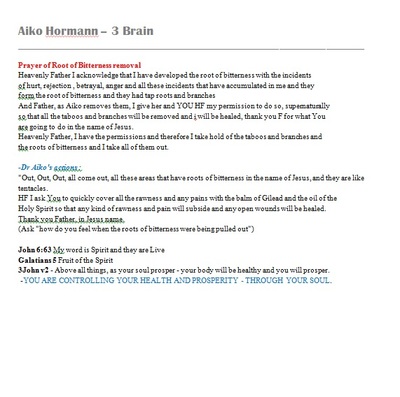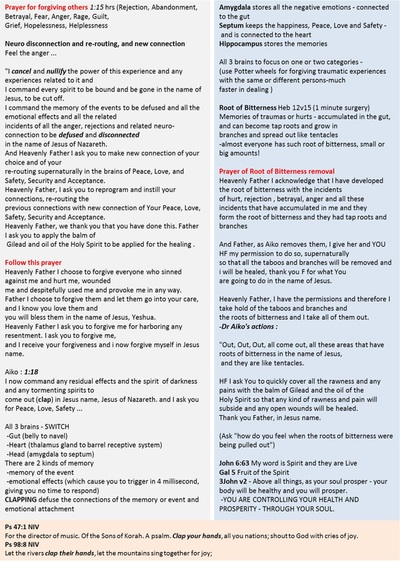COUNSELLING QUESTIONING TECHNIQUES
|
Questions during the counselling session can help to open up new areas for discussion. They can assist to pinpoint an issue and they can assist to clarify information that at first may seem ambiguous to the counsellor. Questions that invite clients to think or recall information can aid in a client’s journey of self-exploration.
Counsellors should be knowledgeable about the different types of questioning techniques, including the appropriate use of them and likely results. It is also important to be aware and cautious of over-questioning. Asking too many questions sends a message to the client that the counsellor is in control and may even set up a situation in which the client feels the counsellor has all the answers. In determining effective questioning techniques it is important to consider the nature of the client, their ongoing relationship with the counsellor and the issue/s at hand. There are two main types of questions used in counselling: (1) Open and (2) Closed. Also ...
Paraphrasing Listening Summary at the end |
Open Questions
Open questions are those that cannot be answered in a few words, they encourage the client to speak and offer an opportunity for the counsellor to gather information about the client and their concerns. Typically open questions begin with: what, why, how or could. For example: What has brought you here today? Why do you think that? How did you come to consider this? Could you tell me what brings you here today? “How” questions tend to invite the client to talk about their feelings. “What” questions more often lead to the emergence of facts. “When” questions bring about information regarding timing of the problem, and this can include events and information preceding or following the event. “Where” questions reveal the environment, situation or place that the event took place, and “Why” questions usually give the counsellor information regarding the reasons of the event or information leading up to the event. How? Most often enables talk about feelings and/or process. What? Most often lead to facts and information. When? Most often brings out the timing of the problem, including what preceded and followed it. Where? Most often enables discussion about the environment and situations. Why? Most often brings out reasons. It should be noted that care must be taken by the counsellor when asking “why” questions. Why questions can provoke feelings of defensiveness in clients and may encourage clients to feel as though they need to justify themselves in some way. |
Closed Questions
Closed questions are questions that can be answered with a minimal response (often as little as “yes” or “no”). They can help the counsellor to focus the client or gain very specific information. Such questions begin with: is, are or do. For example: Is that your coat? Are you living alone? Do you enjoy your job? While questioning techniques can be used positively to draw out and clarify issues relevant to the counselling session, there is also the very real danger of over-using questions or using questioning techniques that can have a negative impact on the session. The wrong types of questioning techniques, at the wrong time, in the hands of an unskilled interviewer or counsellor, can cause unnecessary discomfort and confusion to the client. Observation Skills By accurately observing non-verbal behaviour, a counsellor can gauge the affect her/his words and actions have upon the client. For example, when a client enters into the office of the counsellor, the counsellor can gain some indication of how the client is feeling about the session (are they reticent, comfortable, awkward?) by the way the client walks in, takes their seat, and greets the counsellor. If a client is resentful about the counselling session taking place, they may keep their eyes lowered, seem dismissive of the counsellor and sit in a closed position, not encouraging communication. A counsellor can also gauge the effectiveness of their words by carefully observing the facial expression and eye contact of a client. If a counsellor asks a question that the client may find embarrassing to answer, the client may lower their eyes, or their head, or look away. This will tell the counsellor that the client might be uncomfortable with that statement or question. |
|
Husband and Wife
- Biblical Roles - Spiritual gifts ... there is a greater gift - Forgiveness? Love? - the work of the flesh (Galatians) - same as issues of the Heart |
Parents and Child
- Biblical Instructions - TRAIN, TEACH, CORRECT, REBUKE - Role Model - honor your father and mother ... - train the child in the way he should go (God's direction) - discipline and punishment when necessary |
Past Emotional Traumas
- childhood upbringing - your past (Jesus came to wash away your sins) - looking forward ---See Below for Sozo-- 4 Doors - Fear, Hatred, Sexual Sins, Occults Father's Ladder - Father, Jesus, Holy Spirit The Wall - blockages Prayer to remove Emotional Roots - guts --Love Language Evaluation below-- |
SOZO -------------------------------------------------------------------------------------------------------------------------------------
|
Definition - The term “sozo” is a Greek word used hundreds of times in the New Testament which means salvation, healing, and deliverance.
Salvation - “That if you confess with your mouth Jesus is Lord and believe in your heart that God raised Him from the dead you shall be saved (sozo).” --Romans 10:9 · Healing - “But Jesus turning and seeing her said ‘Daughter take courage your faith has made you well (sozo) and at once the woman was made well (sozo).” --Matthew 9:22 · Deliverance - “And those who had seen it reported to them how the man who was demon-possessed had been made well (sozo).” --Luke 8:36 |
Concept
This Sozo tool roots out lies we believe that cause us to experience emotional pain greater than our circumstances warrant. We invite the Truth in the person of Jesus Christ to speak into places in our hearts where these lies were formed. Once Jesus speaks truth, emotional wounds are healed, and our present circumstances are no longer so painful. (p.215-228) Suggested Guidelines • Identify – the current painful emotions: “What is happening?” “How does it make you feel?” “What are you believing about this?” • Find – where it started: “Jesus, when was the first time I felt, thought, or learned this?” Ask person: “What are you seeing, sensing, or hearing?” • Identify – the lie attached to the pain: “What were you believing?” “What did you believe when…?” • Receive – the truth: “Jesus, help me to perceive your presence.” “Jesus, what do you want me to know?” Agree with what he shows you. Allow the associated pain to be poured out. • Deal – with any hindrances. (See suggestions below.) • Do – kingdom business, as needed (forgive, confess, renounce, break, and cast out). |
Suggestions for Dealing with Hindrances
• Connect – If fearful, at the beginning connect with Jesus by remembering a time you felt well connected to him, spend some time with him there, thank him for it, and then ask him to take you back to the source of pain. • Ask – “Jesus, what is blocking me from knowing that you are here with me?” “Jesus, is there anything in the way of my receiving the truth from you?” “What am I afraid of?” • Forgive and release - those who hurt you. • Command - evil spirits to stop until legal ground can be removed: “I command you to step aside and not keep ___ from hearing the truth.” A.S.K.
JESUS WILL DO IT "Whatever you ask in My name, that will I do, so that the Father may be glorified in the Son. John 14:13 MY FATHER WILL GIVE IT TO YOU "In that day you will not question Me about anything. Truly, truly, I say to you, if you ask the Father for anything in My name, He will give it to you. John 16:23 |

The Coming of the Kingdom of God
20 Once, on being asked by the Pharisees when the kingdom of God would come, Jesus replied, “The coming of the kingdom of God is not something that can be observed, 21 nor will people say, ‘Here it is,’ or ‘There it is,’ because the kingdom of God is in your midst.”c 22 Then he said to his disciples, “The time is coming when you will long to see one of the days of the Son of Man, but you will not see it. 23 People will tell you, ‘There he is!’ or ‘Here he is!’ Do not go running off after them. 24 For the Son of Man in his day will be like the lightning, which flashes and lights up the sky from one end to the other. 25 But first he must suffer many things and be rejected by this generation. 26 “Just as it was in the days of Noah, so also will it be in the days of the Son of Man. 27 People were eating, drinking, marrying and being given in marriage up to the day Noah entered the ark. Then the flood came and destroyed them all. 28 “It was the same in the days of Lot. People were eating and drinking, buying and selling, planting and building. 29 But the day Lot left Sodom, fire and sulfur rained down from heaven and destroyed them all. |

28 “It was the same in the days of Lot. People were eating and drinking, buying and selling, planting and building. 29 But the day Lot left Sodom, fire and sulfur rained down from heaven and destroyed them all. 30 “It will be just like this on the day the Son of Man is revealed. 31 On that day no one who is on the housetop, with possessions inside, should go down to get them. Likewise, no one in the field should go back for anything. 32 Remember Lot’s wife! 33 Whoever tries to keep their life will lose it, and whoever loses their life will preserve it. 34 I tell you, on that night two people will be in one bed; one will be taken and the other left. 35 Two women will be grinding grain together; one will be taken and the other left.” [36] 37 “Where, Lord?” they asked. He replied, “Where there is a dead body, there the vultures will gather.” |
Your browser does not support viewing this document. Click here to download the document.
|
DISCLAIMER The information in this web site is provided for purpose of sharing; "as is" and "as available" basis, and without any representations, warranties or conditions of any kind, whether express or implied, and including without limitation implied warranties of merchantability, fitness for a particular purpose, performance or durability.
|



